Antiquities and historical valuesAncient Persia
The Elamites(Ilam)
 Ahangari of Elamian history and culture
Ahangari of Elamian history and culture
the kingdom Ilam Nearly two thousand years ago, five hundred and fifty years ago, it was established in the southwest of the present land of Iran. This kingdom was formed from the union of small states and has been independent almost all the time. The peak of prosperity. Ilam It was in the second half of the second millennium BC . Their land extended from the north to near Hamedan, from the east to Kerman, from the south to the Persian Gulf, and from the west to the areas of Mesopotamia..
Start The history of Ilam It is from around 2400 BC. Anshan was one of the centers of a small kingdom The great kingdom of Elam It formed near 2200 PM Kotik Inshushinik, the powerful king of Anshan, created an alliance between the local governments in the region and became the head of it, thus becoming the founder of Ilam the Great..
In the 12th century BC, The Elamites They put an end to the five-hundred-year kingdom of Kasi in the land of Babylon.
At Elamian time Agriculture and irrigation made great progress and led to land ownership and private ownership. Pottery, metal smelting and trade also flourished in this period..
Seals Elam The remnants from the third millennium BC give us information about the life of these people. On these seals, the landscape of the Susa plain with various streams, domestic animals, meadows, villagers farming, shepherds and livestock, women picking fruits with long slopes are depicted. Also, the images of pottery, sculpting, weaving, baking, fishing, gardening, gassing, metalworking, carpentry, commerce, writing, and priesthood can be seen in these seals. The government of Ilam The interest rate was fixed, the measuring tools were the same, the priests participated in the transactions, and the management of vast agricultural lands was with them.. Private property was legal. Their language Elam and they had their own script. Of course, due to the neighborhood with Mesopotamia, they also used Akkadian and Sumerian scripts..
The greatest God The Elamites It was Hoban or flower. The goddess of this Shushik was in the next level. The placement of the goddess in the highest position of the gods was a sign of their respect for the position of women. Elam They also gave importance to Babylonian gods. The gods had their own temples, the most famous of which are in Haft Tepe and Chaghazanbil.
Fractional numbers were invented by the Elamites. They had learned to recognize numbers from the Sumerians. Elamite art was very distinguished in West Asia and even had an impact on Egyptian art.. Examples of their art are earthenware vessels with delicate geometric patterns and animal shapes, tools and sculptures made of ivory, pottery and clay with relief motifs, stone works, delicate ornaments and magnificent architectural buildings..
Important cities The Elamites Shush and Dur-Ontesh were there. Shush is the main capital The Elamites It was and past many works Elam The column on which Hammurabi's law is imprinted has also been discovered. The city of Dur-Ontesh is also located in the neighborhood of Susa, which we now know as Chaghazanbil. In the thirteenth century BC, this city was built by the order of one of the Elamite kings named Ontesh Gol.. Chaghazanbil Ziggurat is also located in this city. The mentioned city has not yet come out of the ground and is located in a military zone. Haft Tepe temples are also located here.
In the 12th century BC, Bakht al-Nasr, the king of Babylon The Elamites defeated and from this date to the century 7 The Elamites had lost their power. After they regained their power, the interference of the Assyrian government caused discord in the royal family of Elam.. In the years 648-646 BC, Ashur Banipal attacked Elam and looted Susa and other big cities in the brutal Assyrian style.. Achaemenid Cyrus became the king of Anshan in 559 BC and Ilam became one of the parts of Achaemenid Empire.. Susa also became one of the important residences of the Achaemenid Empire.
Some of Elamite works:
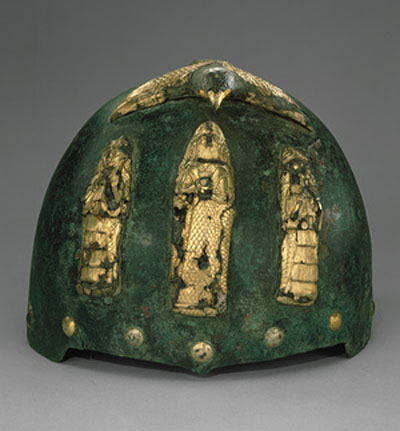

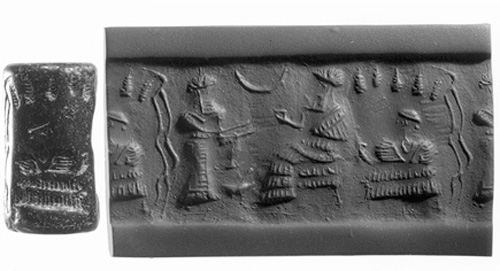
A cylinder seal from the ancient Elam period – 2000 M – seal environment 3.2 six centimeters- Metropolitan Museum of Art..


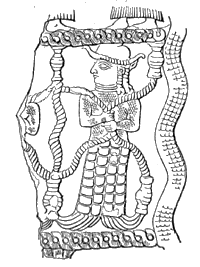

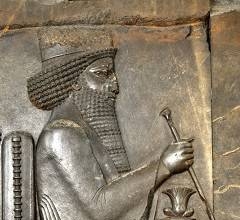

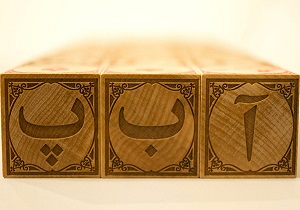
Hello, can you explain more about fractional numbers, I am a bit confused
Excuse me, is the correct question Elam or Ilam?
Each in turn deserves consideration
To get the answer, please ask your question in the question and answer section
parsiandej.ir/ask
Greetings to all the Persians
Thank you for all your beautiful writings.
The only thing I want to say is that Elam is written with Ain and not with A. Please correct the title of this article..
Thank You
درود
No, that's right, follow the link below.
http://url.parsiandej.ir/THxwe
Hello
Thank you for the pictures of Ilami works that you used in the article.
Your website has complete content in all sections, but you have only one content in the Elamian section.
Please take care of this section so that friends can learn more about Elamian history.
Thanks.